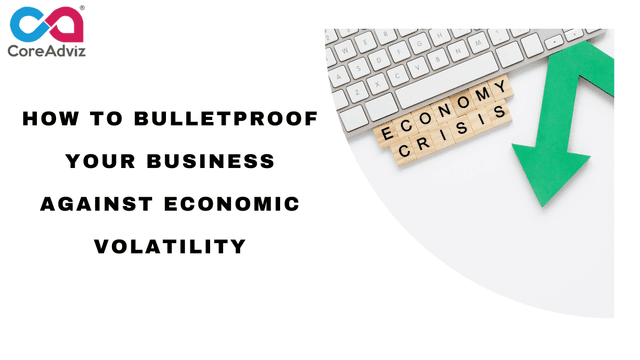
HomeBlog 5% Stamp Duty Surcharge Impact on UK Property Investors (2025)
5% Stamp Duty Surcharge Impact on UK Property Investors (2025)
Kausik Mukherjeelandlord
From 1 April 2025, the UK property investment landscape has changed as a 5% stamp duty surcharge now applies to additional residential property purchases, replacing the previous 3% rate. Property purchasers will now pay this surcharge on the standard Stamp Duty Land Tax (SDLT). So, if you are a property investor purchasing a second property worth £300,000, you will now have to encounter a £15,000 surcharge. In this blog, we explore what the 5% surcharge means and how property investors should respond in 2025 and beyond.
Impact on Property Investors
Reduced Profit Margins
The higher surcharge translates directly into increased acquisition costs. Investors now have to budget more upfront capital, which may reduce cash reserves for renovations, furnishings, or other business purposes. For smaller landlords and first-time investors, the added financial burden may delay entry into the market or reduce their competitiveness when bidding.
Slower Market Activity
This surcharge is likely to cool demand in the investment property segment. For some investors, especially those relying on short-term gains or low-yield areas, the added tax may render deals financially unviable. There are already signs of delayed purchase decisions as investors weigh up potential returns against increased transaction costs. In some cases, it may lead to fewer properties coming to market or a shift in investor focus toward commercial or overseas assets.
Mortgage Considerations
Lenders are now factoring in higher upfront stamp duty land tax costs when assessing affordability. This could tighten borrowing capacity, particularly for leveraged investors who are relying on higher loan-to-value mortgages. They may find themselves needing larger deposits or facing stricter lending conditions. Maybe lenders will become more cautious while underwriting investment property loans. This scenario is likely to happen in cases where the rental yield barely covers mortgage interest and tax liabilities. Some lenders may now require a higher rental income stress test, making it tough to secure financing even if the property appears profitable on paper.
For portfolio landlords with multiple properties, this increased cost could also impact their overall debt exposure, leading to stricter lending caps or even revaluation of existing facilities.
Corporate Investors and SPVs
Many investors had shifted to buying properties through Special Purpose Vehicles (SPVs) or limited companies for tax efficiency. While these structures still offer advantages (such as mortgage interest relief), they are not exempt from the 5% surcharge. Strategic tax planning is now more critical than ever.
The 5% Stamp Duty surcharge marks a bold move by HMRC to address housing market pressures. However, it is also creating new financial hurdles for investors. While some may see this as a deterrent and temporarily step back from the market, well-informed investors who adapt their approach, explore high-yield areas, and seek proactive, tailored tax advice will still find viable and potentially rewarding opportunities in the evolving property landscape.
At Coreadviz, we help landlords, developers, and corporate investors navigate these complex tax changes. If you’re planning a property transaction in 2025, we are ready to guide you so that you can be fully prepared.




